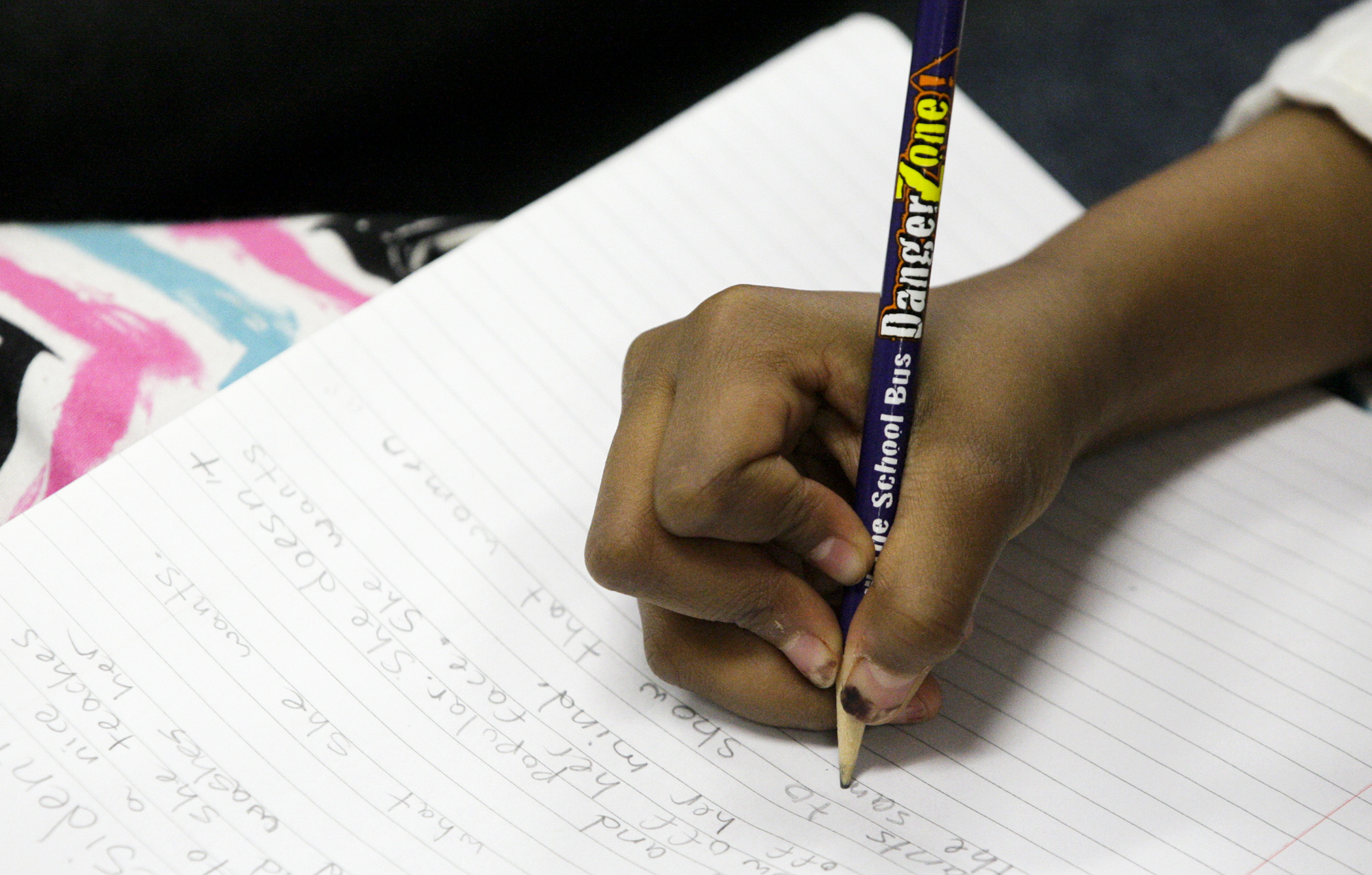Flurry of school equalization aid proposals clear House committee with bipartisan support

K-12 schools in Minnesota are funded by a combination of state aid and local property taxes. Some school districts operate in communities that have a low tax base, though, making it difficult to provide comparable services to those available in communities with a high tax base.
In an acknowledgement of the potential education inequities this could cause, the state provides “equalization aid” for school districts to lessen the local taxpayer burden of certain property tax levies.
However, the rates of aid have remained unchanged for many years. Some lawmakers believe now is the time for the state to increase equalization aid under various circumstances.
On Tuesday, the House Education Finance Committee approved three bills pertaining to this issue — HF879 (as amended), HF1271, and HF1396. All three are now heading to the House Taxes Committee.
“Equalization helps level the playing field for the property-poor districts,” said Rep. Cheryl Youakim (DFL-Hopkins). By looking at the value of taxable property within a school district’s boundaries, calculations are made to provide state aid, helping some districts shoulder the costs of particular school levies.
Youakim sponsors HF879, dealing with equalization aid in regard to local optional revenue, a subsection of each district’s general education revenue. She said local optional revenue rates have remained frozen since 2013, even as inflation has soared. Her bill would both simplify the formula calculation for determining state aid and substantially increase the assistance to local districts.
In fiscal year 2025, districts would receive $840 per pupil unit as a starting point and would then be equalized at $880,000 per pupil unit. In subsequent years, the former number would automatically increase in conjunction with any basic formula increases.
Ann-Marie Foucault, superintendent of St. Michael-Albertville schools, noted her district has faced significant budgetary shortfalls in recent years as state funding has not kept pace with inflation. Her district could net another $845,000 in state aid and hire another 11 teachers if this bill passes.
Youakim also sponsors HF1271, which would increase equalization aid for the operating referendum program. This program empowers local districts to gain voter approval for increasing their general fund revenue beyond the limits set in state statute. Youakim’s proposal would increase the equalization factor to 150% of the statewide referendum market value per pupil unit for one tier of this program.
She argues this is necessary because statewide referendum market value has skyrocketed 300% since the equalization factor was first established nearly 30 years ago. The change would take effect in fiscal year 2025 and is estimated to reduce local property tax levies used to raise this revenue by nearly $90 million per year.
The last bill in the package is HF1396, sponsored by Rep. Amanda Hemmingsen-Jaeger (DFL-Woodbury). It would increase access to, and raise payouts from, the debt service equalization program, which assists low property wealth school districts in paying off debt incurred via new construction building bonds. Her proposal is expected to lower local property taxes by about $41 million per year beginning with fiscal year 2025.
The trifecta of bills drew bipartisan support, notably from Rep. Nolan West (R-Blaine).
“This benefits people across the state, and I appreciate [how these bills would take] a more statewide approach,” he said.
Related Articles
Search Session Daily
Advanced Search OptionsPriority Dailies
Speaker Emerita Melissa Hortman, husband killed in attack
By HPIS Staff House Speaker Emerita Melissa Hortman (DFL-Brooklyn Park) and her husband, Mark, were fatally shot in their home early Saturday morning.
Gov. Tim Walz announced the news dur...
House Speaker Emerita Melissa Hortman (DFL-Brooklyn Park) and her husband, Mark, were fatally shot in their home early Saturday morning.
Gov. Tim Walz announced the news dur...
Lawmakers deliver budget bills to governor's desk in one-day special session
By Mike Cook About that talk of needing all 21 hours left in a legislative day to complete a special session?
House members were more than up to the challenge Monday. Beginning at 10 a.m...
About that talk of needing all 21 hours left in a legislative day to complete a special session?
House members were more than up to the challenge Monday. Beginning at 10 a.m...